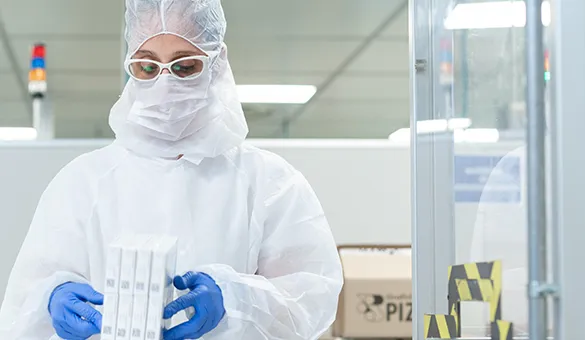BU-NOT-SET
Sustainable drug delivery systems: Collaborative innovation to shrink pharma’s packaging footprint
Reducing environmental impact and ultimately improving pharma sustainability have become clear priorities for the pharmaceutical industry, with packaging being one of the most complex areas to address. Medicines must be kept safe and effective, so packaging needs to protect against damage, moisture and tampering. This often means using plastic films, foils and other materials that are difficult to recycle. Finding the balance between patient safety and reducing waste is a real challenge, but expectations from regulators, customers and wider society continue to grow.
Balancing safety and sustainability
It is not just about choosing different materials. Any changes must meet strict safety and quality rules, which can take time to test and approve. What works in one country may not be recyclable or suitable in another, especially with global supply chains. Poorly designed packs can also lead to breakages or spoilage, which creates more waste and higher costs.
Practical steps forward
Despite these challenges, the industry can make real progress. A full review of existing packaging is a good place to start, looking at where materials can be reduced or replaced. Small changes, such as removing unnecessary leaflets or using lighter packs, can make a difference. Better pack design can also improve how medicines are stored and transported, helping to lower emissions from shipping.
It is also vital to look at the bigger picture. A full lifecycle view helps companies understand where packaging choices have the most positive impact, without creating problems elsewhere.
In a recent article for ONdrugDelivery, Maria Riccius, Head of Commercial and Dr. Uwe Hanenberg, Head of Product Development at Recipharm, explore the challenges facing the sector when it comes to packaging sustainability. They share guidance for achieving environmental goals while keeping patient safety at the forefront.




